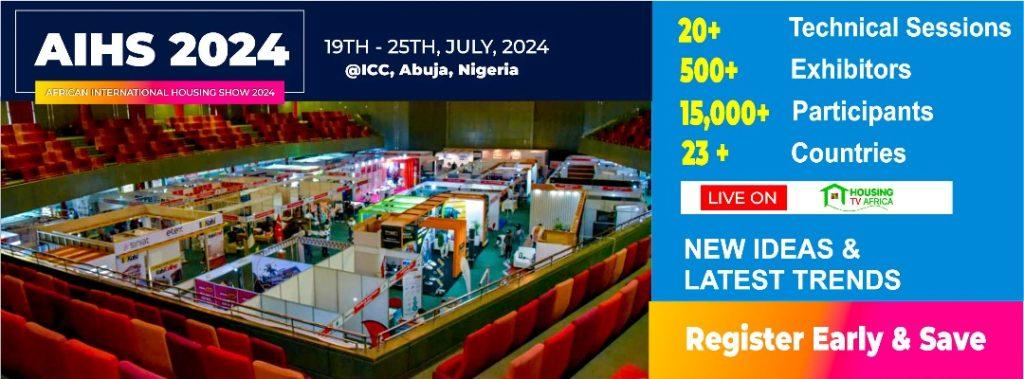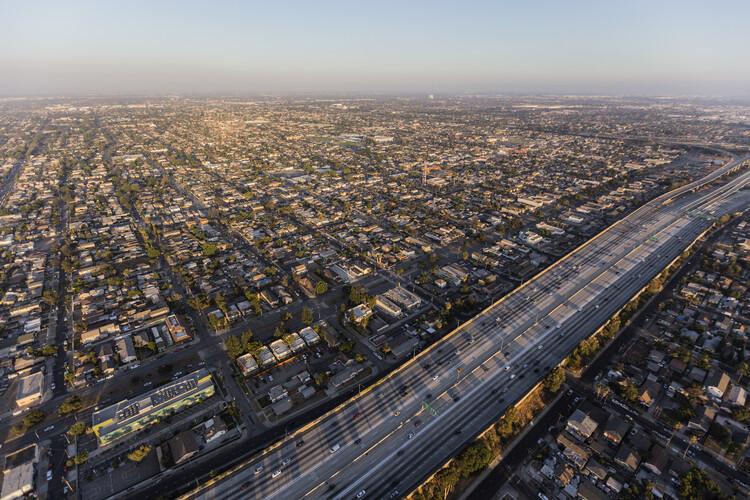Cities in the United States are short of millions of housing units. Compounded by other factors, this shortage is radically increasing the cost of both renting and buying houses.
Los Angeles is no exception; with 74% of its land zoned exclusively for single-family homes, multifamily housing construction is limited to an extremely small swath of the city, making the construction of new affordable housing difficult. Complex multi-year permit approval processes often make these projects even less feasible.
That’s why, in December 2022, Mayor Karen Bass took a drastic approach by declaring a state of emergency to speed up approval for affordable housing projects, allowing developers to expedite rent-stabilized projects through fast permitting times and exemptions from zoning rules. Executive Direction (ED1) created a surge of affordable housing applications, surprisingly not just from developers using public money but from private ones.

Affordable housing in the United States is usually built by developers working with government subsidies. There is typically a financing gap for these types of projects between the cost of building such housing and what it takes for it to be rented for an affordable price. In affordable housing, this gap is usually bridged by a mixture of federal and state tax credits, city grants, and other subsidie.
ED1 by Mayor Karen Bass circumvents the need for these subsidies in many of the proposed projects simply by streamlining them. On top of speeding the permitting process, these projects can use a series of “density bonus” laws that allow them to add more units and floors in lots that would otherwise not be permitted by zoning code and remove parking requirements. According to Cal Matters, in the last year or so, 16,150 affordable units have been submitted to the city, more than the total number of approved affordable units in 2020, 2021, and 2022 combined.

Despite initial optimism, affordable housing projects proposed in affluent single-family housing neighborhoods stalled. Six months after the order was signed, the city revised the rules, rendering projects planned for single-family neighborhoods ineligible. According to an analysis by the Los Angeles Daily News, this sudden change in the directive reinforces existing patterns of economic segregation. Under the new restrictions, only 32% of new projects in the poorest neighborhoods would not qualify, while in the more affluent ones, over 80% of projects wouldn’t move forward.

This wouldn’t be the first time that single-family zoning reinforces social disparities. Like many other US cities, Los Angeles has outdated zoning policies that have created sprawl and segregation. Samir Gambhir, director of the Equity Metrics Program at UC Berkleley’s Othering and Belonging Institute, highlighted in an interview with LAist that his team’s mappings of LA show that the city has used zoning as a mechanism to hoard resources and exclude marginalized communities.
Cities like Minneapolis and Portland have taken steps to combat these issues by removing single-family zoning restrictions. Minneapolis ended single-family zoning altogether, allowing the building of two- and three-unit homes in every neighborhood. They also changed their zoning rules to allow more density downtown and along transit corridors, getting rid of parking requirements and removing permitting for ADUs. Studies from the Pew Charitable Trusts showing the changes after the city’s zoning reforms found their benefits to be a good blueprint for enhancing housing affordability.
However, merely addressing the housing supply is insufficient without a concurrent focus on affordability. LA’s promising directive proved to have the potential to provide both, but it also proved the urgent need for zoning reform. Like many other American cities, LA biasedly favors single-family home neighborhoods, which were delineated based on arcane laws rooted in exclusionary practices. There is an urgent need for this to change, not just because sprawl is unsustainable but because it is getting in the way of building more affordable housing and equitable communities.
Source: archdaily



